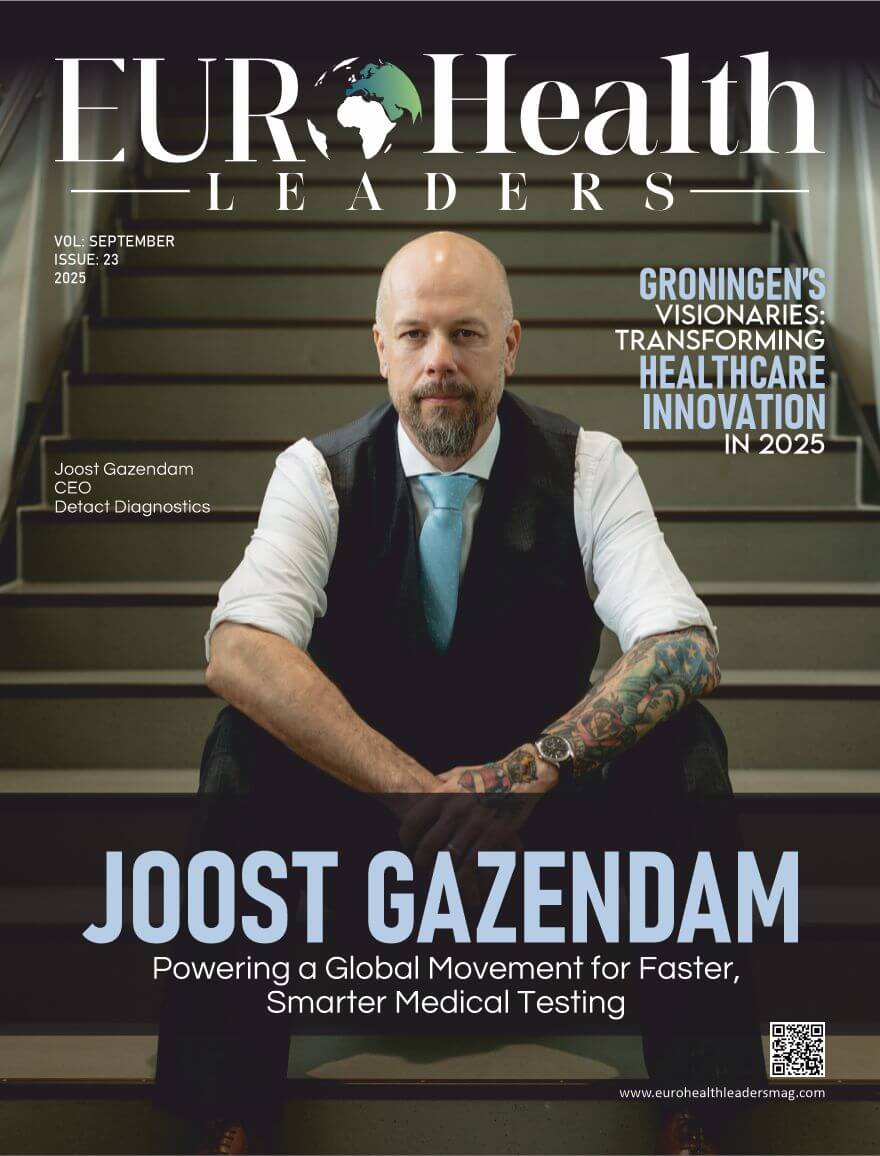The healthcare system of Slovenia is an excellent model of universal coverage, organized mainly through the Health Insurance Institute of Slovenia (Zavod za zdravstveno zavarovanje Slovenije, ZZZS). The Bismarckian social health insurance (SHI) model-based system provides near-universal access to a wide variety of healthcare services by employers and employees’ obligatory contributions. Nonetheless, not all of the healthcare expenses are met by this mandatory scheme, thus the important contribution of voluntary health insurance (VHI) in filling gaps in coverage, especially for co-payments.
This article examines the structure, influence, and problems of VHI in the Slovenian healthcare system, noting its development, advantages, and criticisms.
The Structure of Slovenia’s Healthcare System
Slovenia’s health care system, which was created by the Health Care and Health Insurance Act of 1992, is funded almost entirely through compulsory payroll taxes, with employers (6.56%) and employees (6.36%) sharing contributions. A single public insurer, ZZZS, oversees these funds, offering virtually universal coverage for a generous benefits package including primary care, hospital services, prescription medication, and emergency services. Significantly, children’s healthcare is completely covered, and emergency services such as ambulance transportation are available to all at no cost, irrespective of insurance status.
The Emergence and Role of Voluntary Health Insurance
VHI in Slovenia exists mainly in the guise of complementary health insurance, which provides coverage for co-payments for services included in the mandatory insurance package. Launched in 1993, CHI was originally provided by the ZZZS, but in 1999 the system was reshaped to distinguish mandatory and voluntary insurance activities. This resulted in the formation of Vzajemna, a mutual health specialty insurer along with other commercial insurers such as Adriatic Slovenica and Triglav. These organizations provide CHI plans that pay for the gap between the total cost of care and the amount covered by mandatory insurance, so that covered individuals have little out-of-pocket expense.
The considerable take-up of CHI—insuring more than 96% of the population in one estimate—is a measure of its virtual indispensability. Without CHI, patients might have co-payments of up to 90% for some treatments, which would be prohibitively expensive to finance. For instance, specialist tests, diagnostics, and hospital visits usually involve large co-payments, which CHI pays in full for insured members. This has rendered CHI a de facto imperative, although voluntarily described as such, since the other option—assuming high co-payment costs out-of-pocket—is prohibitively costly.
Benefits of Complementary Health Insurance
CHI is instrumental in keeping low out-of-pocket expenditure in Slovenia at 13% of the total health expenditure in 2022, which is less than the EU average of 14.5%. This is because CHI is prevalent, cushioning the financial impact of co-payments. CHI also provides the public sector with an opportunity to pass on some costs to the private sector, thereby keeping pressure off public budgets. The state also subsidizes CHI premiums for disadvantaged groups so that all socially disadvantaged individuals have equitable access. Administrative charges for CHI are modest, and risk selection is reduced through equalization schemes so that it is an effective complement to the public system.
Additionally, CHI complements the healthcare system in Slovenia by injecting funds into it, making a contribution of 14.1% to overall health expenditure in 2014. The injection of finances aids in keeping the system sustainable, given that public spending represented 71.7% of health expenditure during the same year. Through the financing of co-payments, CHI helps to allow patients to receive care on time, especially in the case of non-emergency treatments such as diagnostics and specialist care.
Challenges and Criticisms
While having its advantages, Slovenia’s CHI system is highly criticized. The level premiums of about €30 per month are regressive and disproportionately hit lower-income populations. The critics’ contention is that the structure defeats the equity of the healthcare system since it does not increase with income, as in compulsory contributions. Second, the excessive co-payment rates of up to 90% render CHI less voluntary in reality because choosing not to enroll may bring very high financial costs. This has created controversy as to whether or not CHI is really voluntary or de facto mandatory.
The complexity of the system is another challenge. Both mandatory and voluntary insurance schemes create higher administrative overhead to manage and cause confusion for patients in the system. In addition, CHI could diminish the incentives for healthcare providers and the ZZZS to become more efficient because co-payments are automatically reimbursed, which could cause overutilization of services. The development of parallel VHI plans, which promise quicker access to treatment and superior materials, also creates worries regarding increasing inequities because these plans are under less regulation and mostly cater to those who are able to pay for them.
Recent Reforms and Future Directions
In 2024, Slovenia substituted CHI with a fixed compulsory payment as part of the SHI system as a way of streamlining financing and rectifying the regressive effects of flat premiums. This reform aims to incorporate co-payment protection into the compulsory scheme, perhaps minimizing administrative simplicity and providing more equitable funding. Nevertheless, the effect of transition on costs and access is still being assessed. Prospective reforms will most probably target diminished waiting times, improved primary care, and the digitalization of healthcare via such platforms as zVEM, which supports e-health services but needs improvement for accessibility and inclusion.










